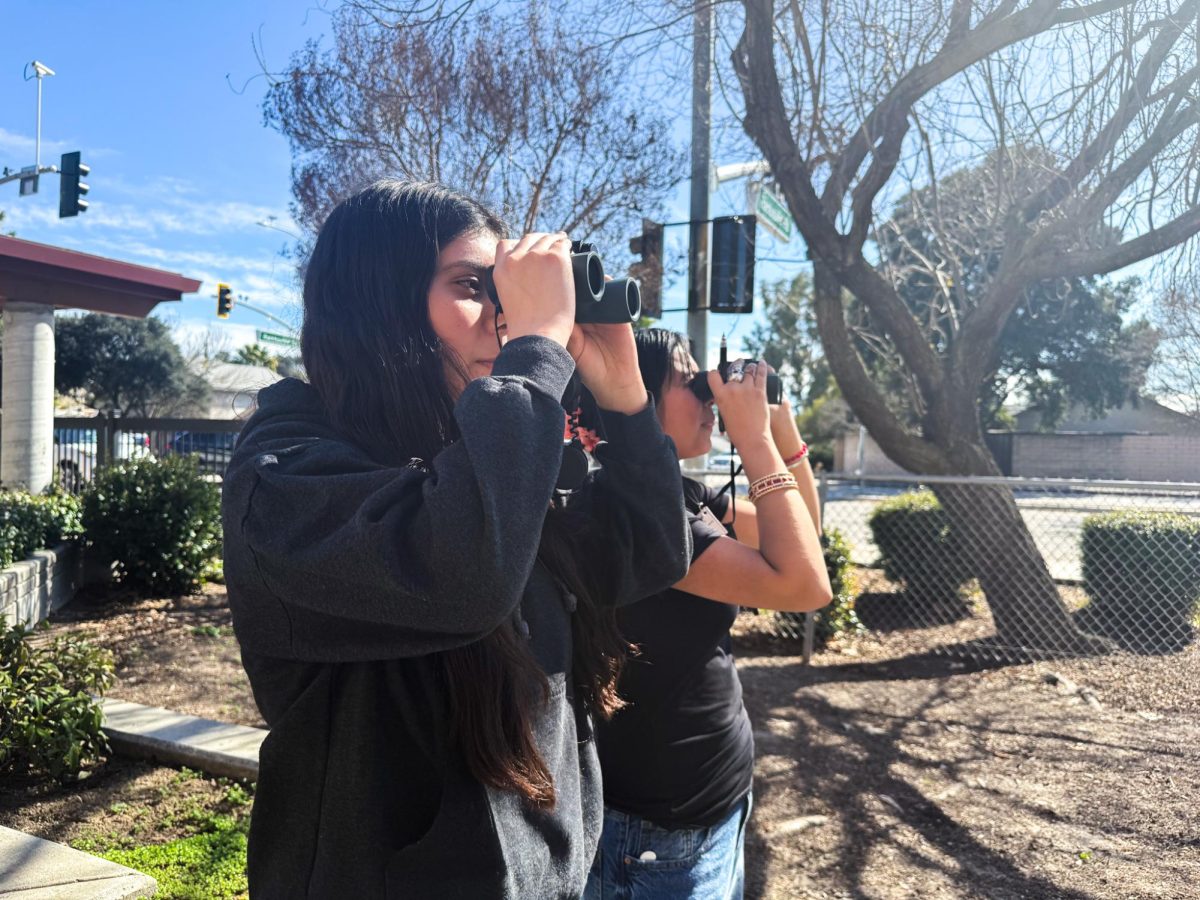University of Rochester invents a new type of cloaking device
It’s a fantasy come to life, the Potter generation’s dream come true. Or perhaps maybe only the evolution of science. It is the invention of an invisibility cloak, or at least one of the early prototypes.
The simplest idea of an invisibility cloak is that the cloak would bend light around the wearer, rendering them invisible to the viewer. This is difficult if not impossible to do, considering that the only known way to simply bend light is with mirrors at different angles, each taking turns reflecting the light from one another so that the reflect the picture behind the concealed object instead of revealing the object itself.
Previous “cloaks” were simply that, a series of mirrors, to form an illusion. The object however cannot move, and neither can the viewer without dismantling the trick. Many “cloaking devices” work fine when they are viewed from a straight on perspective, but once the viewpoint changes in even the slightest, the object will become visible once again.
If either the subject or the viewer changed their position the light rays would bounce against, and this time the trick wouldn’t work because the light would bounce at different angles and reveal what was hiding.
The University of Rochester has invented a cloaking device that while not shaped like a cloak, conceals the object behind it from view with light rays acting on it from all different points.This means that the only limitation of the Rochester design is that the object has to be able to be small enough concealed by the lenses. This of course can be easily remedied by upgrading the size of the lenses.
This lense isn’t simply useful for running around undetected at night, but John Howell, physics professor at Rochester University, also said in a statement it might be used to help a surgeon, “look through his hands to see what he is actually operating on,” according to NBC.com.
This may not be an invisibility cloak like the one that leaped out of J.K. Rowling’s imagination, but with the advances that science is making today, who knows what we could do next?






